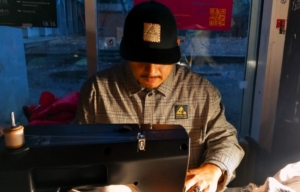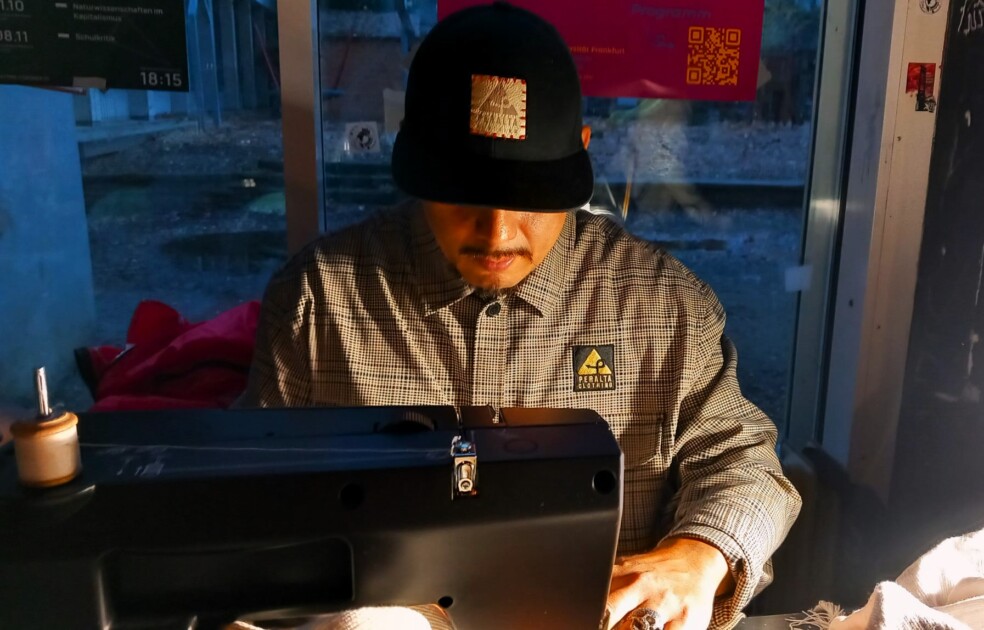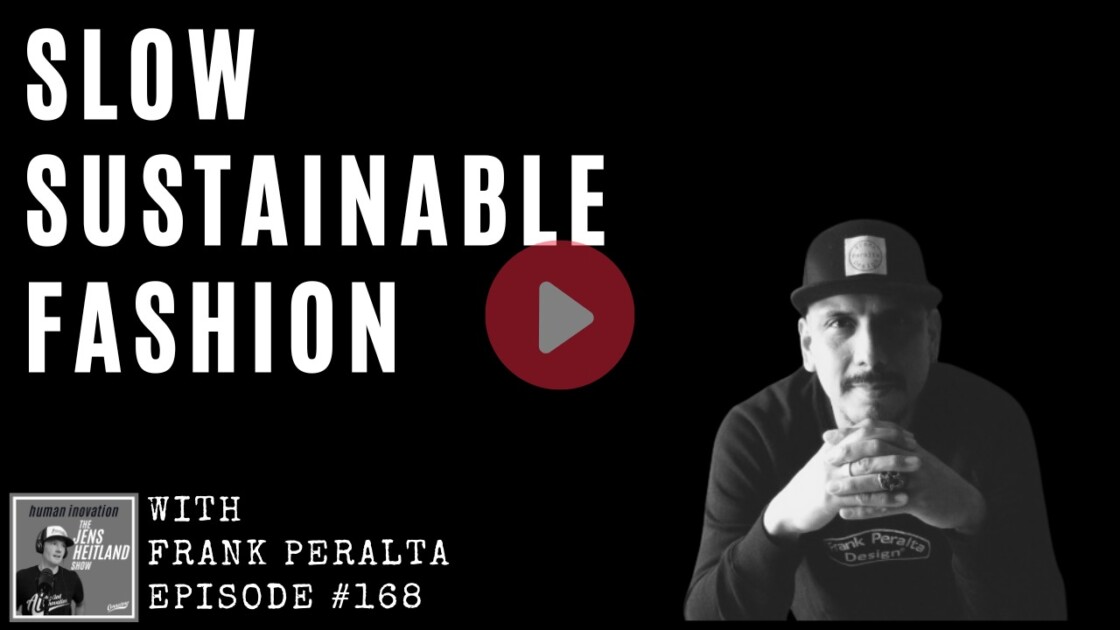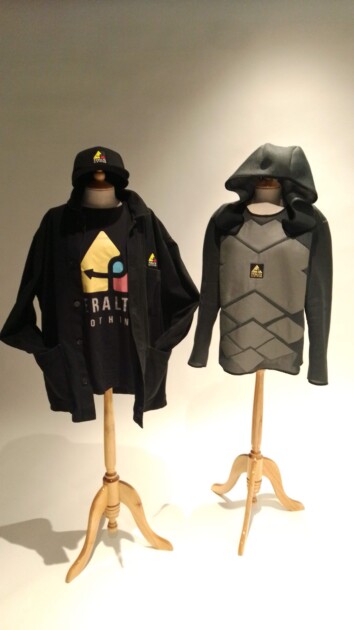Peralta Clothing Upcycling Around the World: Transforming Pre-Owned Materials into New Favorites.
Peralta Clothing Upcycling Around the World: Transforming Pre-Owned Materials into New Favorites.
Upcycling is not just a trend; it’s a movement that’s gaining momentum across the globe. From the bustling streets of Tokyo to the creative hubs of Berlin, pre-owned clothes and materials are being transformed into new favorites, breathing new life into old garments. Let’s explore how different countries are embracing upcycling and spotlight Peralta Clothing’s innovative approach in Germany.
Upcycling Trends in Different Countries
Japan: In Japan, upcycling has become an art form. Designers are known for their meticulous attention to detail, transforming vintage kimonos into modern fashion pieces. Brands like Re:cycle Tokyo are leading the way, creating unique garments that blend traditional and contemporary styles.
United States: In the U.S., upcycling is driven by a DIY culture. Thrift stores and online platforms like Depop and Etsy are popular for finding pre-owned clothes that can be customized. Designers are using everything from old denim to vintage band tees to create one-of-a-kind pieces.
India: India has a rich tradition of repurposing textiles. Upcycling here often involves turning old saris into beautiful dresses and accessories. Brands like Doodlage are making waves by combining patchwork techniques with sustainable practices.
Germany: Germany is at the forefront of the upcycling movement, with brands like Peralta Clothing leading the charge. Let’s take a closer look at how Peralta Clothing is transforming the fashion landscape.
Peralta Clothing: Upcycling in Germany
Peralta Clothing, based in Berlin, is revolutionizing the way we think about fashion. Founded by Frank Peralta( Automotive Mechanical Design Engineer) , the brand focuses on transforming leftover textiles and non-conforming parts from the automotive industry into timeless garments. By merging sewing techniques with industrial materials, Peralta Clothing creates unique, high-quality pieces that stand out in the sustainable fashion market12.
Pros for Consumers:
- Unique Pieces: Each garment is one-of-a-kind, offering a unique addition to any wardrobe.
- Quality and Durability: Upcycled materials often result in high-quality, durable clothing.
- Eco-Friendly: Consumers can feel good about reducing waste and supporting sustainable practices.
Cons for Consumers:
- Higher Costs: Upcycled garments can be more expensive due to the labor-intensive process.
- Limited Availability: Unique pieces mean limited stock, making it harder to find specific items.
Pros for Designers:
- Creative Freedom: Upcycling allows designers to experiment with different materials and techniques.
- Sustainability: Designers can contribute to reducing waste and promoting eco-friendly practices.
- Market Differentiation: Unique, upcycled pieces can set designers apart in a crowded market.
Cons for Designers:
- Material Sourcing: Finding suitable materials for upcycling can be challenging.
- Production Time: The process of upcycling can be more time-consuming compared to traditional manufacturing.
Pros for the Global Fashion Industry:
- Environmental Impact: Upcycling helps reduce the fashion industry’s carbon footprint.
- Innovation: The movement encourages innovation in design and production techniques.
- Consumer Awareness: Promotes a shift towards more conscious consumer behavior.
Cons for the Global Fashion Industry:
- Scalability: Upcycling on a large scale can be difficult to achieve.
- Cost: Higher production costs can be a barrier for widespread adoption.
Conclusion
Upcycling is reshaping the fashion industry, offering a sustainable alternative to fast fashion. From Japan to Germany, designers and consumers alike are embracing this movement, creating unique, eco-friendly garments. Brands like Peralta Clothing are leading the way, proving that fashion can be both stylish and sustainable. As the upcycling trend continues to grow, it holds the potential to transform the global fashion landscape for the better.
What are your thoughts on upcycling? Have you tried it yourself or bought any upcycled pieces?







